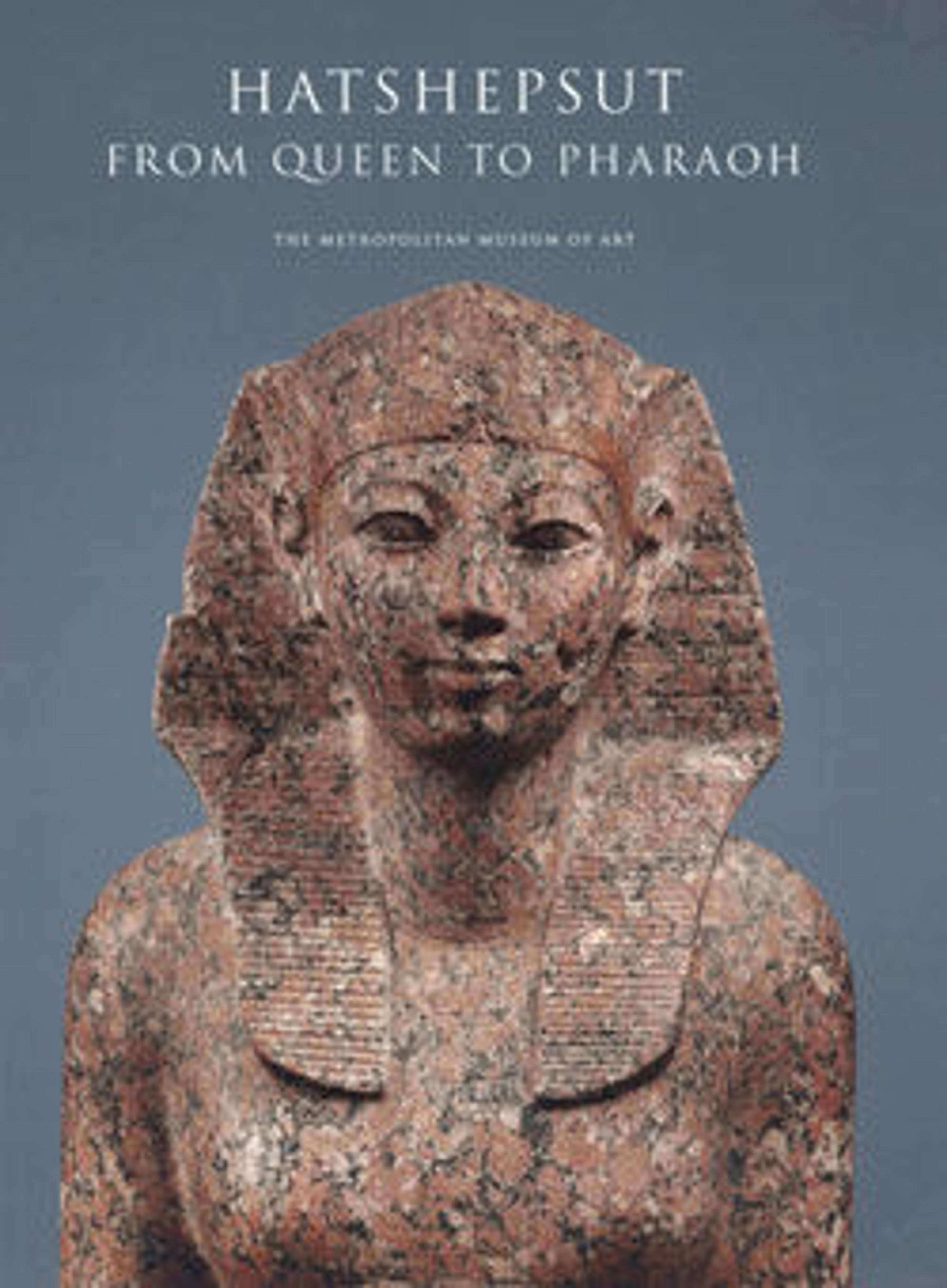Scarab
This scarab was found in the same coffin as the statuettes of Amenemhab (26.7.1413a, b) and Huwebenef (26.7.1414a, b). An interesting mixture of designs indicates the lively individuality of artworks made during this transitional period. The back type, which has no indication of the beetle's wing cases, is typical of Second Intermediate Period scarabs found in the Nile Delta, and the rope pattern framing the design on the base had been used since the Middle Kingdom; both of these designs continued into early Dynasty 18. The winged scarab on the base is a new feature that becomes more common during the reigns of Hatshepsut and Thutmose III. The notches on the beetle's carefully delineated wing cases are found regularly on the backs of scarabs dating to their joint reign.
Artwork Details
- Title:Scarab
- Period:New Kingdom
- Dynasty:Dynasty 18, early
- Reign:reign of Ahmose I–Thutmose II
- Date:ca. 1550–1479 B.C.
- Geography:From Egypt, Upper Egypt, Thebes, Asasif, Tomb CC 37, Hall (C), burial 24, Carnarvon/Carter excavations, 1911
- Medium:Egyptian blue, gold
- Dimensions:L. 2.5 cm (1 in); w. 1.7 cm (11/16 in); h. 1 cm (3/8 in)
- Credit Line:Purchase, Edward S. Harkness Gift, 1926
- Object Number:26.7.575
- Curatorial Department: Egyptian Art
More Artwork
Research Resources
The Met provides unparalleled resources for research and welcomes an international community of students and scholars. The Met's Open Access API is where creators and researchers can connect to the The Met collection. Open Access data and public domain images are available for unrestricted commercial and noncommercial use without permission or fee.
To request images under copyright and other restrictions, please use this Image Request form.
Feedback
We continue to research and examine historical and cultural context for objects in The Met collection. If you have comments or questions about this object record, please contact us using the form below. The Museum looks forward to receiving your comments.
